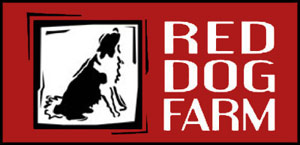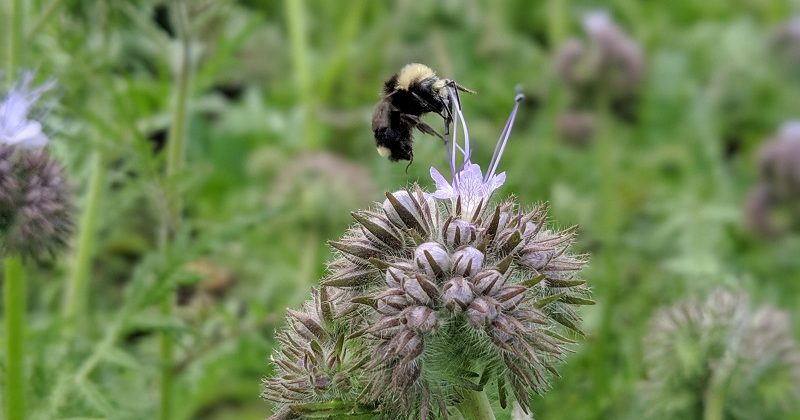The Vibrant Wildlife of Organic Farms
Summer mornings on the farm are misty and cool. Usually we spend them in the field closest to Chimacum creek, harvesting greens like spinach and arugula in the crisp morning air so they stay fresh before the sun burns away the fog and the day really begins. Quiet mornings like these are some of my favorite times at Red Dog Farm. We work steadily in the gentle light, to the tune of the lively morning chorus of birds cheerfully carrying on in the hedge rows, flitting among the fruit trees, foraging for insects in the fields, and flocking in abundance to the wooded conservation easement surrounding the creek.
The diversity and vivaciousness of the farm’s bird community still catches me by surprise sometimes, and I have to pause to appreciate the beauty of this place; where bald eagles regularly perch high in the nearby conifers, and there are occasionally pacific green tree frogs in the turnip patch. We got to watch firsthand this year as a white-crowned sparrow nest in the raspberry patch progressed from three tiny speckled eggs, to equally minute baby birds, to fledglings boldly perched on the edge of the nest. The soundtrack of hot July afternoons on the farm is a happy buzz of bumblebees, honeybees, and tiny native solitary bees, which busily attend to the rows of phacelia and alyssum flowers that we plant strategically around the fields to attract these essential pollinators. Families of killdeer flit through the squash fields, and ladybugs helpfully munch on aphids in the carrots. Sometimes you can hear coyotes calling to each other in the nearby hills, or catch sight of a great blue heron passing overhead.
I know enough not to take the presence of this vibrant wildlife community for granted. In fact, Red Dog is a stark contrast to my experience working in the cornfields of a certain multinational agrochemical corporation one summer in high school. I can distinctly remember the eerie silence in the fields. The uneasy absence of any sign of bird or insect life. In a desert of genetically modified corn, there is no place for sparrows or ladybugs. The growing dominance of corporate agriculture is a scary thing, but organic family farms like Red Dog give me hope. They demonstrate that it is possible to produce food for humans while sustaining mutually beneficial relationships with wildlife; that even in this modern era we can still peacefully coexist with the small lives all around us.
~Shannon

